One of the most common drapes of the saree, the Nivi drape is a popular pan-India style whose name derives from “nivi” meaning “new.” It requires a blouse, a petticoat and a saree that is at least six yards in length. In this drape, one corner of the saree is tucked into the petticoat and the rest is wrapped around the body, carefully pleated and tucked into the front, while the remainder of the fabric is thrown over the left shoulder in the form of a pallu.
The earliest references to the Nivi drape date back to the Vedic period. An eighth century literary text, Haribhadra’s Samaraiccakaha, describes a woman dressing up in a “nivi sari.” The frescoes of the Ajanta Caves also showcase drapes that are reminiscent of the Nivi drape and feature front pleats. Some theories attribute the Nivi drape to the Dravidas, noting its similarities to the veshti worn in South India, which also involved the pleating and tucking of fabric at the navel. Furthermore, the lower garment commonly worn by women in this period was called the nivi or the nivi bandha, supporting the theory that the Nivi drape originated in Andhra Pradesh.
Other scholars have credited the invention of the contemporary Nivi drape to Jnanadanandini Devi, wife of Satyendranath Tagore, the elder brother of writer Rabindranath Tagore. In Bengal, sarees were traditionally worn without a blouse or a petticoat. In 1964, however, Devi relocated to Bombay (now Mumbai), where such a style was considered unsuitable for public use, forcing her to wear tailored dresses that mimicked a draped saree. After noticing the way Parsi women in Bombay wore sarees at the time – with a blouse and petticoat, and the pallu draped over the right shoulder – she was inspired to adopt what is now known as the Nivi drape. She shifted the pallu from the right to the left shoulder in order to use her right arm freely, consequently increasing the length of her sarees from the traditional five-yards to almost six yards, which remains the standard saree length today. In Calcutta (now Kolkata), this style came to be known as the Bombay Dastur and became popular across the city owing to Devi’s willingness to teach this drape to other women.





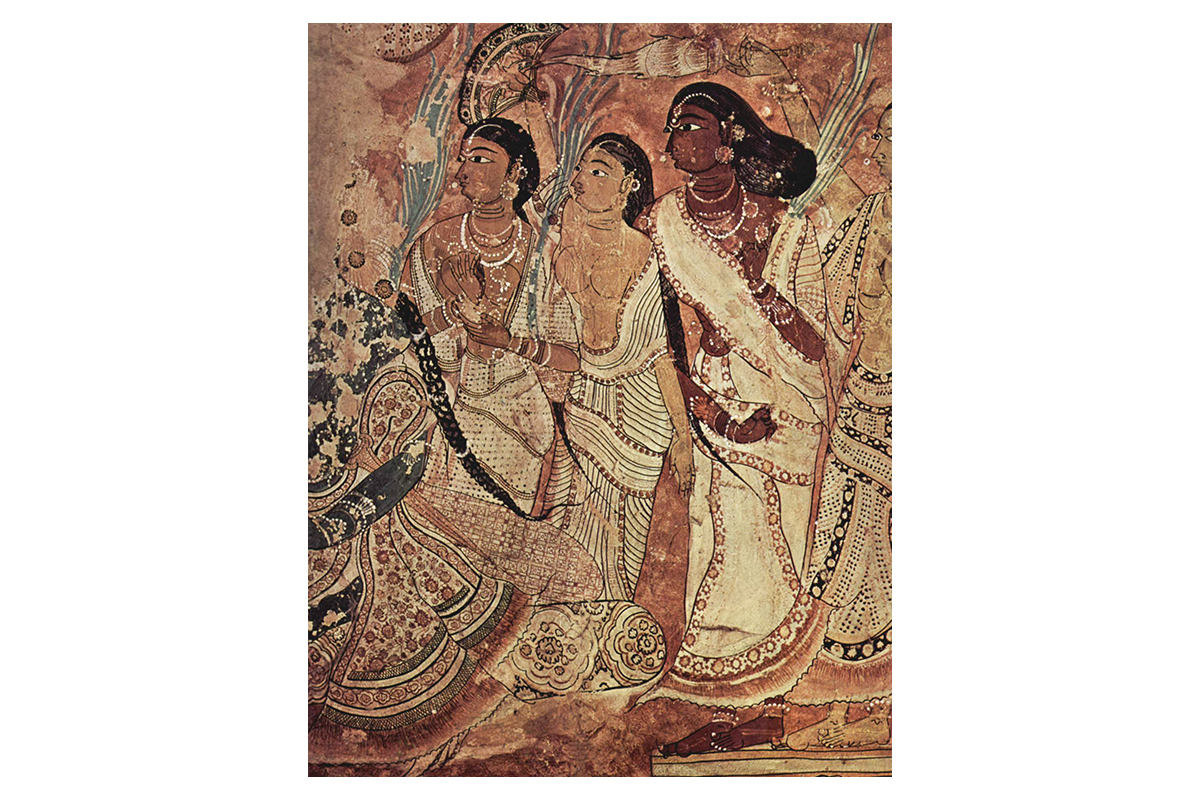
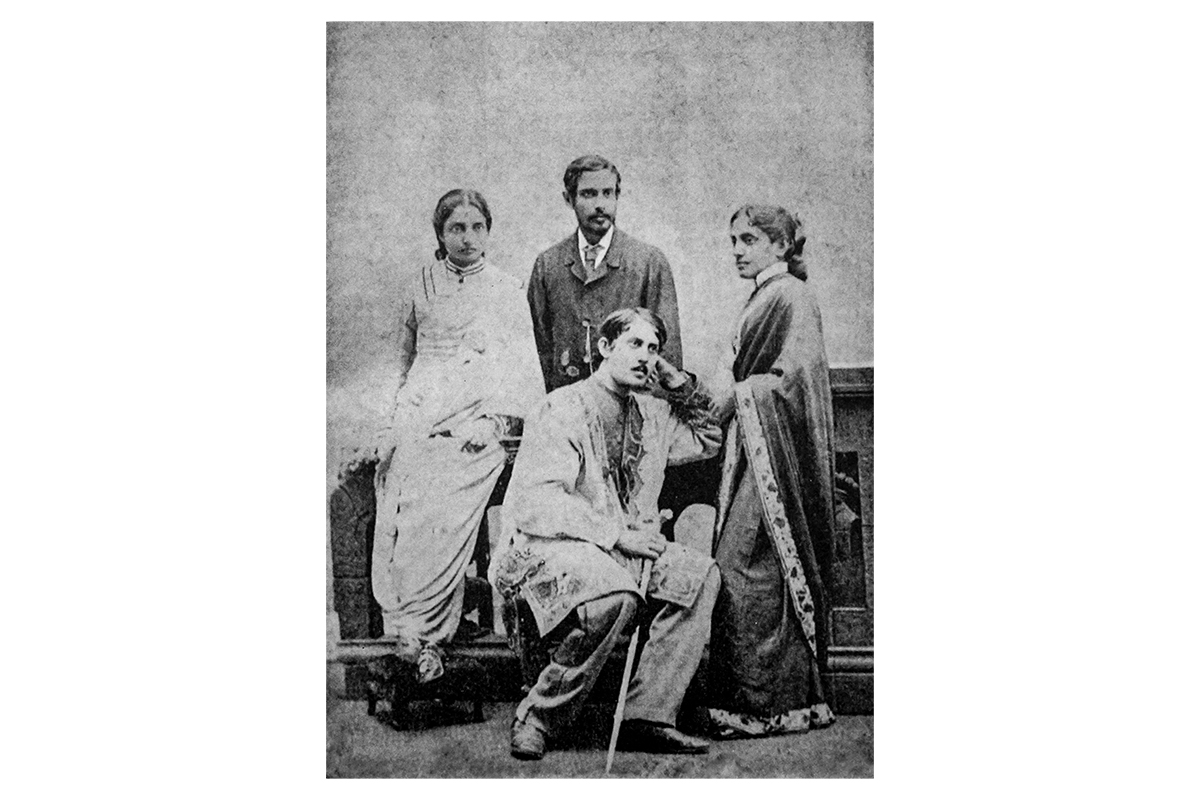
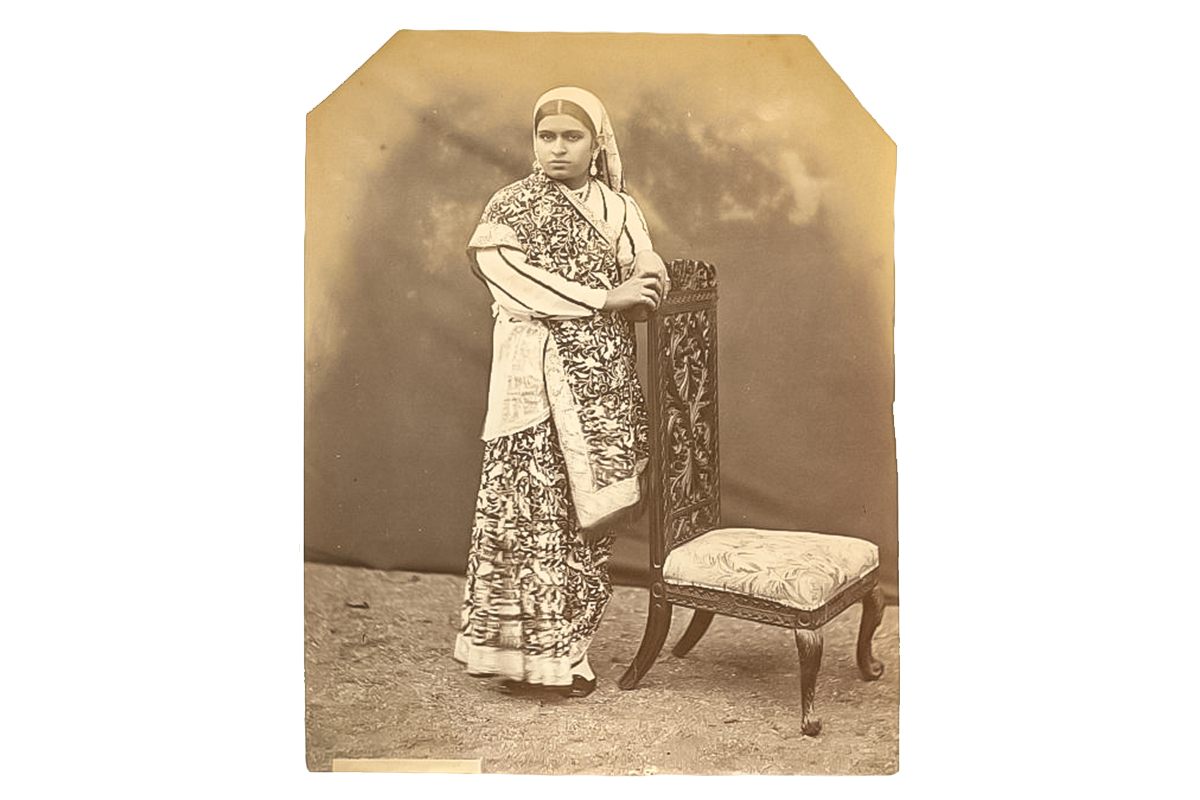
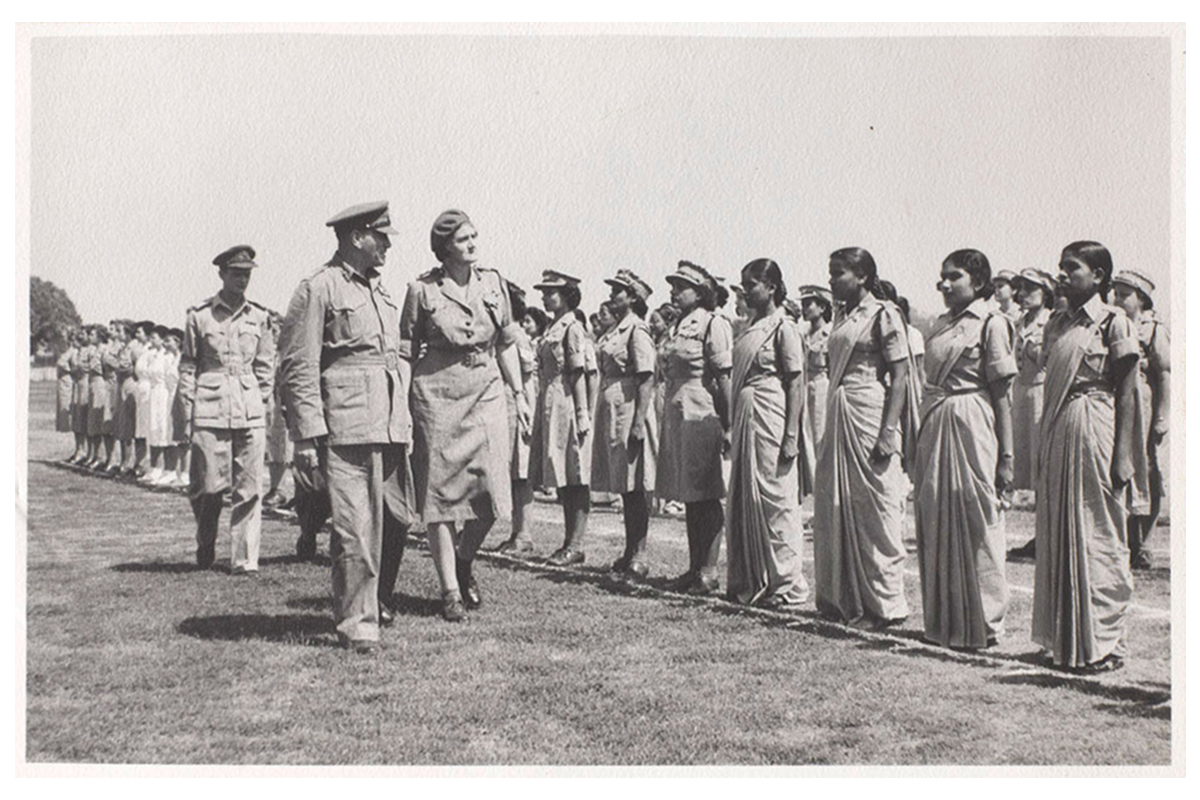
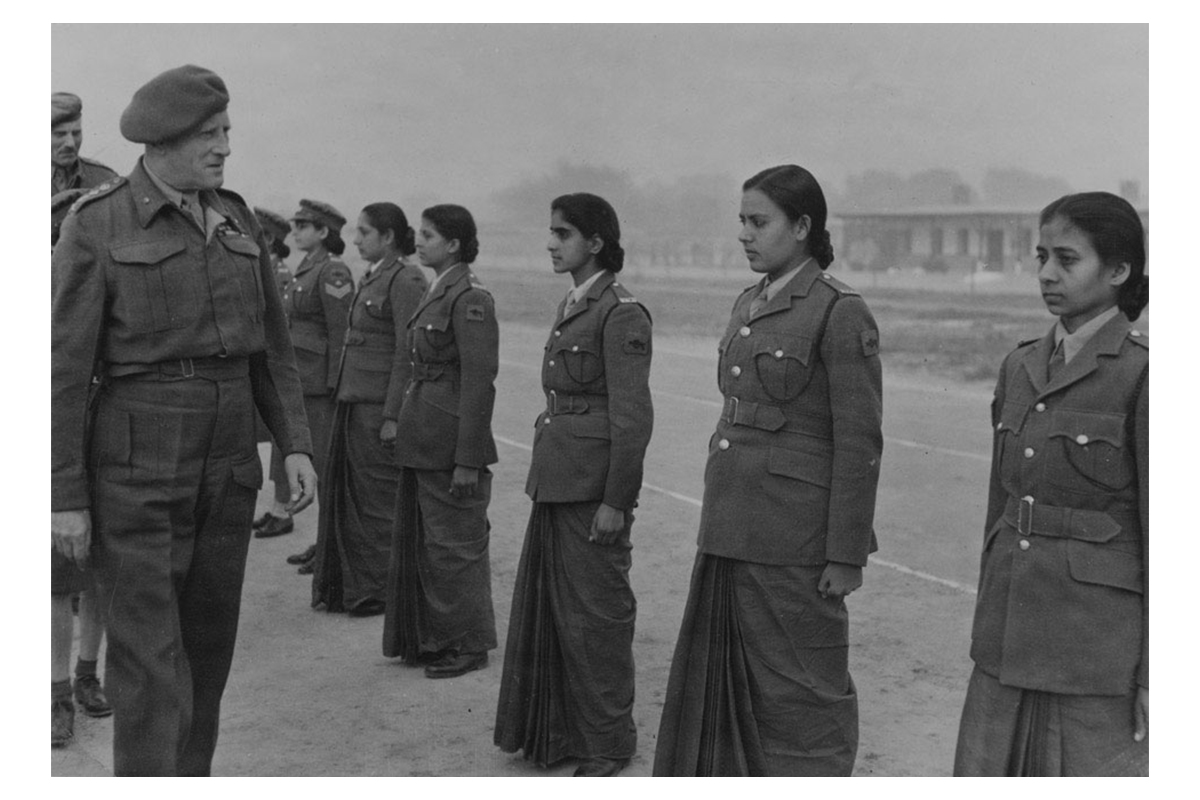
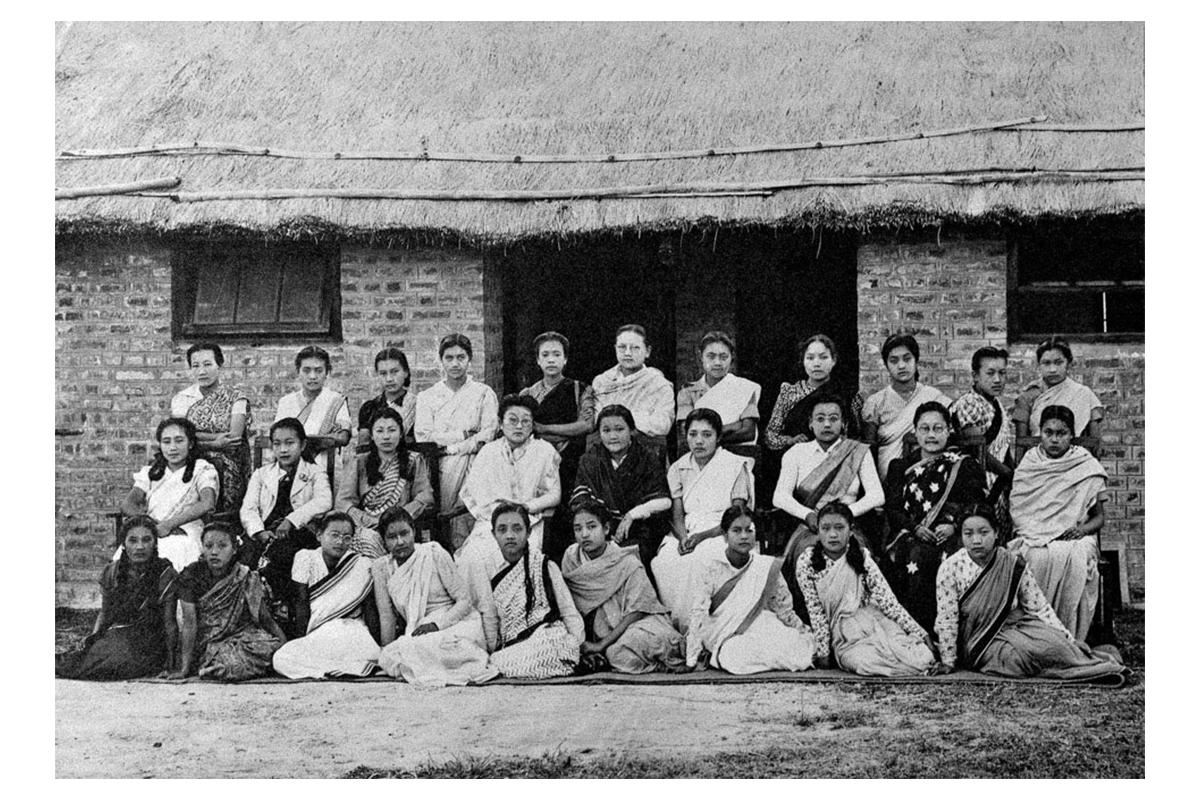
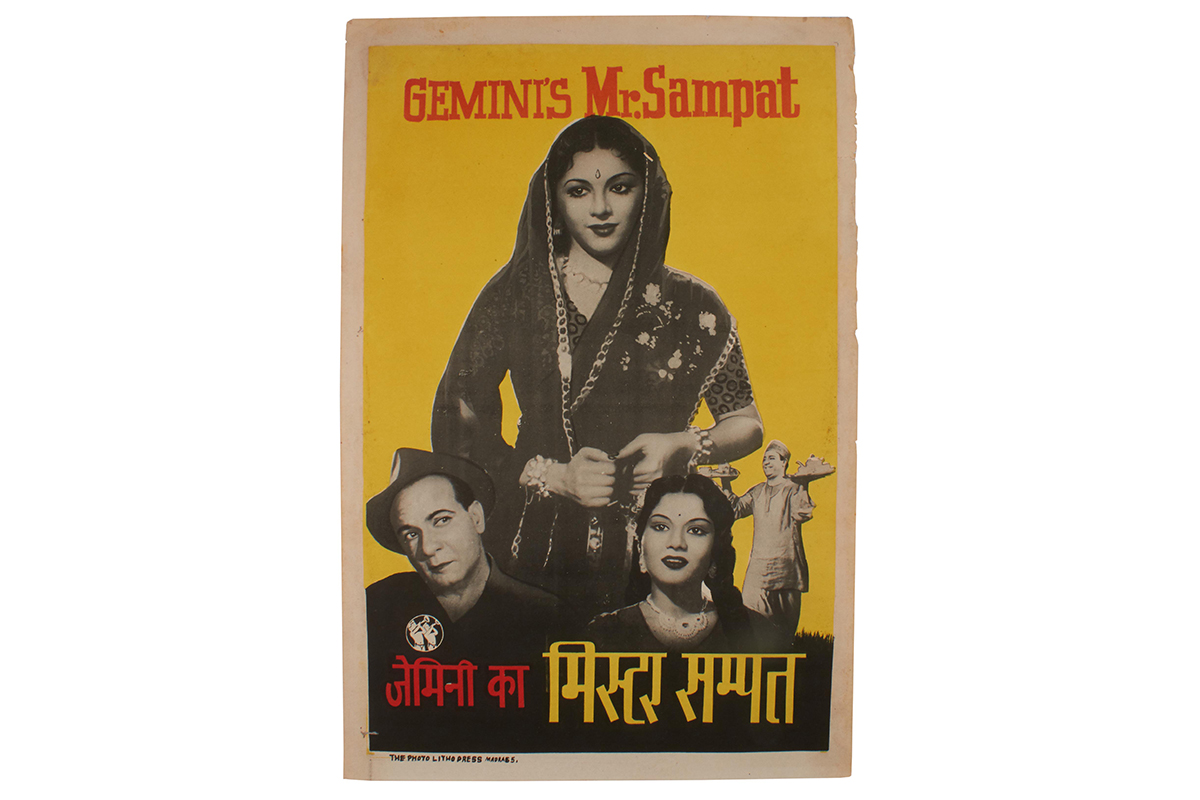
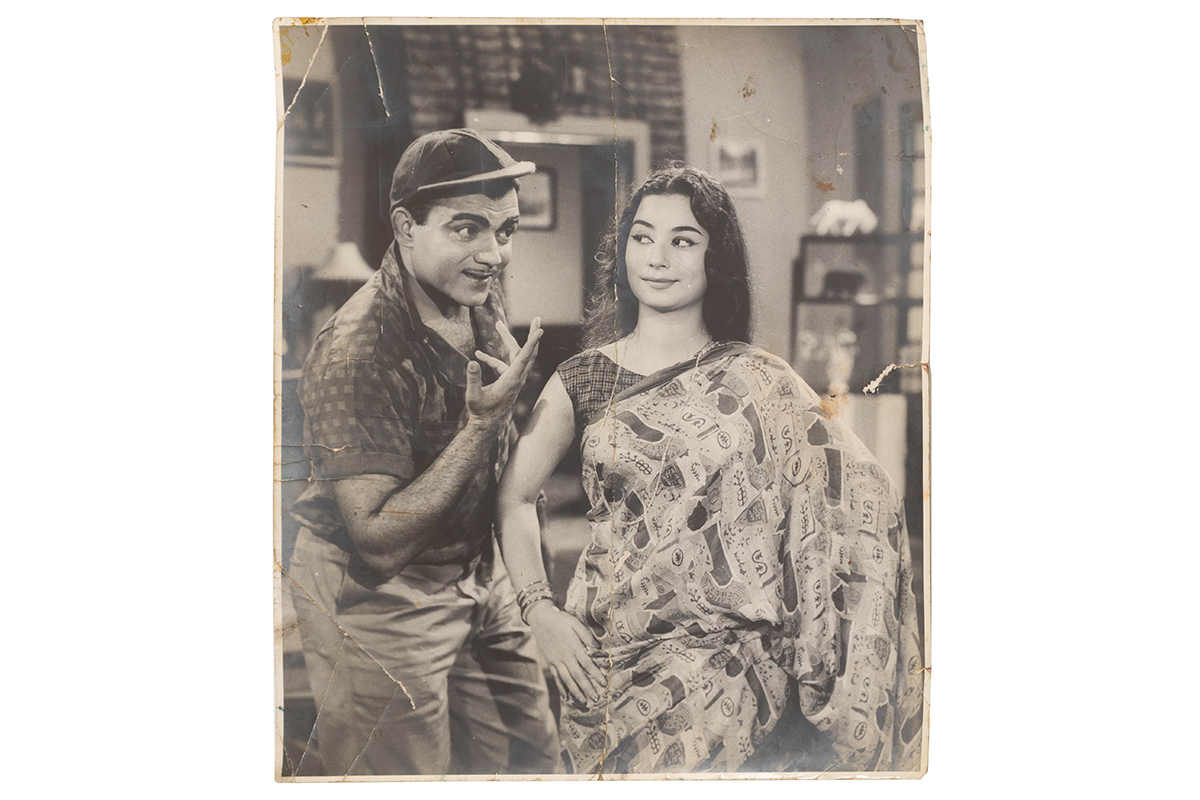

![The façade of the Maneckji Seth Agiary, a Zoroastrian fire temple, is a standout example of the popularity of the Persian Revival Style in Western India in the 19th and 20th centuries. This style was often seen in the architectural patronage of the Parsis, who emerged as one of the most influential mercantile communities of British India. Popular motifs of this style, like the mythical lamasus (winged bulls with human heads) and the faravahar (a winged guardian spirit in Zoroastrianism), drew on the historical art and architecture of the Achaemenid and Sasanian empires from sites like Persepolis, Bisotun, Taq-e Bostan, Naqsh-e Rostam and Naqsh-e Rajab in Persia.
The Parsi community’s adoption of this style occurred largely due to their networks of global commerce and politics, allowing them to access and translate research of ancient Persia into visible symbols that underlined their association with antiquity, imperial power, and art.
نمای آتشکدهی زرتشتی مانِکجی سِت نمونهی بارزی از رواج سبک «احیای [معماری] ایرانی» در غرب هند طی سدههای نوزدهم و بیستم است. این سبک غالباً در بناهایی دیده میشد که پارسیان، از بانفوذترین جوامع بازرگان در هند بریتانیا، بانیشان بودند. نقشمایههای محبوب این سبک، مانند گاو بالدار اساطیری (لاماسو) و فَروَهَر (روح بالدار نگهبان در دین زرتشت)، برگرفته از هنر و معماری شاهنشاهی هخامنشی و ساسانی، در جاهایی چون تخت جمشید و بیستون و طاق بستان و نقش رستم و نقش رجب، بود.
اقتباس جامعهی پارسیان از این سبک بسیار مرهون روابط گستردهی تجاری و سیاسی آنها بود که دسترس به پژوهشها دربارهی ایران باستان و برگردانیدن آنها به نمادهای بصری را ممکن میکرد و بر پیوند پارسیان با دوران باستان و قدرت شاهنشاهی و هنر تأکید میکرد.](https://mapacademy.io/wp-content/plugins/instagram-feed/img/placeholder.png)
